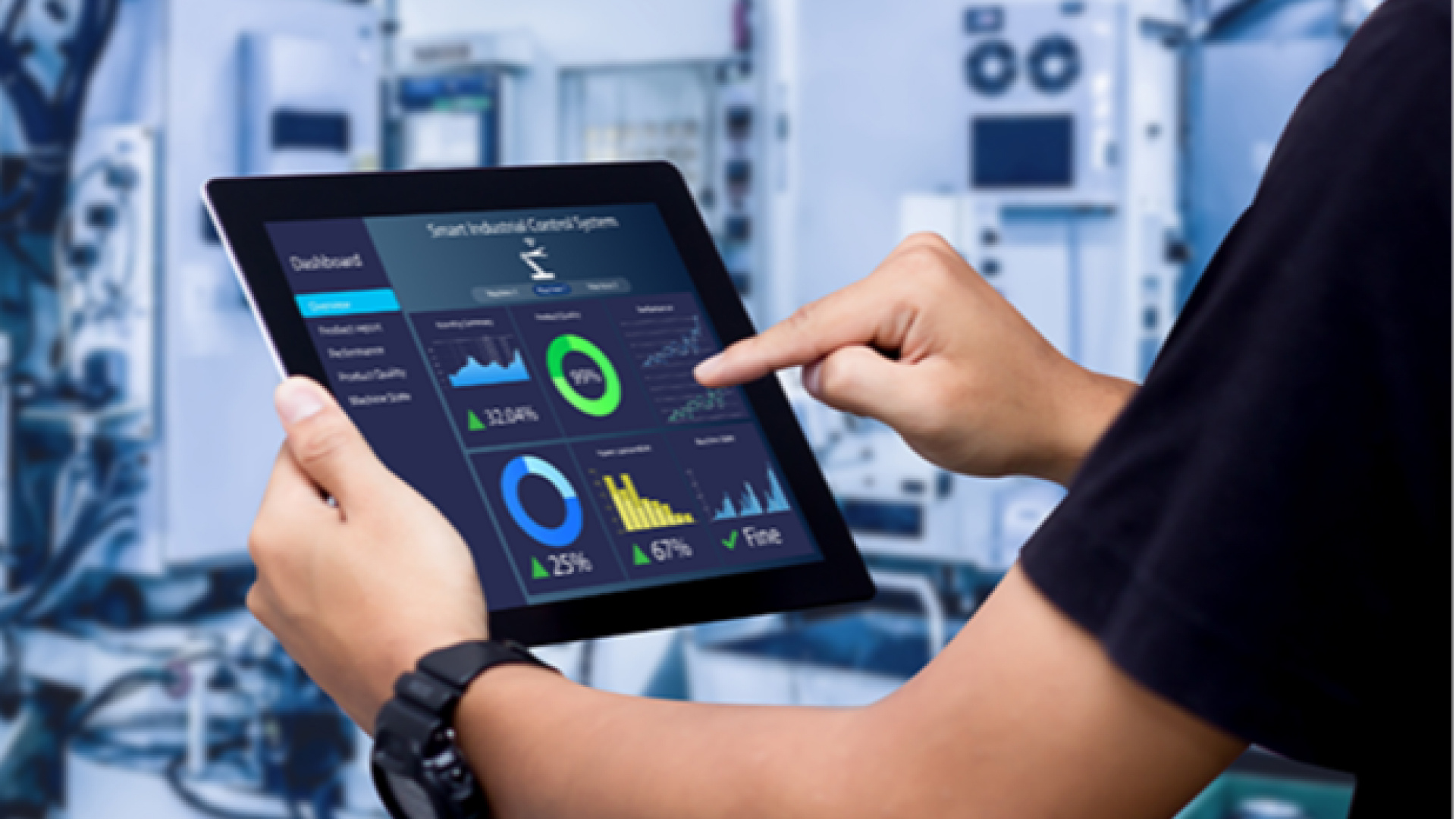Businesses depend on data analytics in most areas of their operations. But one area where businesses are not fully leveraging data is sustainability efforts. Investors, shareholders, customers, and regulators are all increasingly wanting to know how companies are addressing climate risks—and that starts with accurate energy data. Companies should be using data analytics to manage their energy consumption because it not only reduces their carbon footprint but can also save a lot of money. First mentioned in an article with GreenBiz, we discuss real-life examples of three areas where data can offer valuable insights: Energy Usage, Maintenance, and Operations.
3 Ways to use energy consumption data
Energy Usage
The first area where data can offer valuable insights is energy usage. Data can show when the lights are not shutting off on schedule. It can reveal if the heat is running in the middle of the night when no one is in the building. It can even show whether your HVAC equipment is operating as it should be or malfunctioning.
For some organizations, energy usage is not only important for their own business operations, but also for public reporting and for their customers’ business operations. This was the case for a leading real estate investment trust (REIT) with 500+ locations and 200MM sq ft of industrial warehouse space. Initially, the REIT was unable to accurately report on energy consumption data across its portfolio. They needed this information for ESG disclosure, within the GRESB framework. Gathering this data was time-consuming, and inefficient, and created friction with its tenants due to triple net lease agreements.
By installing IoT (Internet of Things) energy metering devices on equipment across the portfolio, their leadership gained complete visibility across the buildings' energy consumption. They leveraged the analytics platform to easily identify potential opportunities for implementing energy conservation measures, thereby improving the marketability of its assets and relationships with its tenants.
Maintenance
HVAC systems are often the biggest energy consumers in commercial buildings and can also be the most costly system to maintain. Waiting to fix your HVAC system can be expensive and risky, especially if it ends up failing. Data will warn when performance is starting to degrade, and specific maintenance tasks need to be done. Then you can proactively make the necessary repairs and avoid paying for work that isn’t required.
A major manufacturer engaged Redaptive to help them understand their energy consumption, and that data ended up helping them identify maintenance opportunities. They initially needed to calculate the carbon output of materials produced at their 18 manufacturing facilities. The energy meters gave asset-level insight into their energy consumption across their portfolio. That level of insight allowed them to improve their operations and extend the life of their assets through proper maintenance. To date, identified energy-saving opportunities equate to an average saving of 1.1 Million kilowatt-hours (kWh) on a monthly basis!
Operations
Energy meters can also be used to pinpoint where a problem is in a business’s operations. An electric car manufacturer was experiencing an abnormal drop in their power voltage. That power is a vital resource for their production facilities. Without a deep understanding or measurement of the power issues, they found it challenging to discover the cause and find a solution. By using a single energy meter installed on their main service panel we were able to identify the specific cause of their drop in voltage. The manufacturer was then able to initiate regulation and safely resume their operations. The meter and software continue to monitor the site to avoid potential unexpected power issues in the future.
Energy savings made easy
With the right system, you can access your energy data in real-time through an online dashboard. This data will not only help to optimize your energy usage, but it will also reveal how much energy you’re consuming at various rate tiers and how you can save.
Every organization committed to sustainability needs to consider how data analytics can help drive not only better environmental outcomes but better economic ones. It’s a classic win-win — and it’s all in the data.





